“Dear Fletcher,
Bradley tells me you have got the Chair of Classics at Armstrong College. I want to offer you my congratulations. A Chair is a Chair wherever it is, and Newcastle has some lovely country round about it however objectionable the city may be…”.
So begins a letter Professor G.B.A. Fletcher received from an academic colleague and friend in late 1936, a few weeks after the Council of Armstrong College (the forerunner of Newcastle University) invited him to interview for the position. If, as the letter above suggests, there were misgivings further south in the country about the city of Newcastle, this certainly did not deter Professor Fletcher from taking up as Professor of Classics in the College less than one month later. And any such misgivings were indeed misplaced, since he would hold this position for a further nine years, and remain at the university even longer. The reassurance from his colleague that such a move would at least be “a way of escape, and a stepping stone” was thankfully a serious underestimation of the department’s appeal!

By the time he joined the Department of Classics in January 1937, Professor Fletcher had already built up a notable career in the field, having published in journals such as The Classical Quarterly, The American Journal of Philology and Mnemosyne for over ten years. A survey of his publications makes it easy to see why he came highly recommended to the College’s selection committee. A discerning linguist, his publications cover a wide range of Greek and Latin texts, all focused on expounding the intricacies of the languages. His remarks on the errors in a revised edition of the standard Latin dictionary are enough to testify to a keen eye: “I have myself noticed more than 500”.(1)
While holding the position of Professor of Classics at the university, Professor Fletcher continued to publish on language and literature, even during the tumultuous period of World War II. In a later review, he is among the scholars recognised by D. Mervyn Jones as continuing scholarly work in the field “throughout so difficult a period”.(2) This review itself provides just one example out of many of his contribution, editing the 1939-1945 volume of The Year’s Work in Classical Studies for the Classical Association and covering “all work dealing with Latin literature”.(3) Though clearly well-versed in a wide range of texts, it is clear that Professor Fletcher had a particular interest in Roman historiography and philosophy, with many of his publications dedicated to examining the works of authors such as Tacitus, Livy and Seneca.
This defining interest saw Professor Fletcher take up the position of Professor of Latin in 1949, a role he would remain in for a further 20 years until 1969. Having joined Armstrong College in the same year that it merged with another institution to become King’s College, holding this second position in the Department meant that he witnessed yet another landmark event in the university’s history. Since the institution was subsequently declared the University of Newcastle upon Tyne in 1963, Professor Fletcher was present for all three of its incarnations!
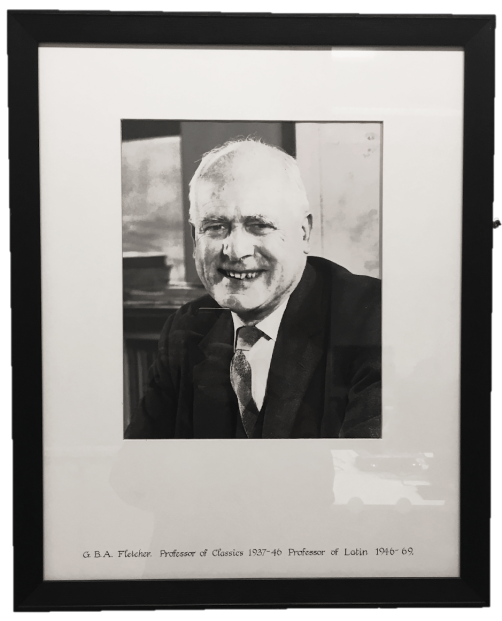 It did not take long after his departure in 1969 for Professor Fletcher’s contribution to developing the university’s Department of Classics to be recognised by his colleagues. A pamphlet from 1974 celebrating the centenary of the teaching of Greek and Latin at the university (in all its various guises) gives special mention to a “Professor Fletcher, who had consolidated the foundations laid by [Professor John Wight] Duff both in Department and in the Library.” But the mentions don’t stop there. In 1995 upon his passing, G.B.A. Fletcher was the subject of The Spectator’s ‘Will of the week’ column, a rather bizarre though good-humoured appraisal of the country’s most impressive estates.(4) Confirmation of his dedication to the subject of Classics, his bequests include £5000 to the university “for the benefit of classical studies, more particularly Greek and Latin.”
It did not take long after his departure in 1969 for Professor Fletcher’s contribution to developing the university’s Department of Classics to be recognised by his colleagues. A pamphlet from 1974 celebrating the centenary of the teaching of Greek and Latin at the university (in all its various guises) gives special mention to a “Professor Fletcher, who had consolidated the foundations laid by [Professor John Wight] Duff both in Department and in the Library.” But the mentions don’t stop there. In 1995 upon his passing, G.B.A. Fletcher was the subject of The Spectator’s ‘Will of the week’ column, a rather bizarre though good-humoured appraisal of the country’s most impressive estates.(4) Confirmation of his dedication to the subject of Classics, his bequests include £5000 to the university “for the benefit of classical studies, more particularly Greek and Latin.”
His legacy also survives in a more tangible form. The G.B.A. Fletcher archive is housed in the Robinson Library’s Special Collections, and is a huge bequest of books that spans over 40 metres of shelving space. This collection contains a vast selection of Greek and Latin texts, some particularly rare and antiquarian, including editions produced by Britain’s earliest printing houses or even dating back to the 16th century. This extraordinary collection of material is still accessible today to staff, students and members of the public. To discover more about the books and journals in this collection, please visit the following link: https://www.ncl.ac.uk/library/specialcollections/collections/collection_details.php?id=22
As a tribute to his contribution to the history of the subject of Classics at Newcastle University, Professor G.B.A. Fletcher’s portrait is one of those of past scholars that still hangs in the School of History, Classics and Archaeology today.
Works Cited
(1) Fletcher, G.B.A., ‘More Notes on Lewis and Short,’ The Classical Review 50.5 (1936), p.165. https://doi-org.libproxy.ncl.ac.uk/10.1017/S0009840X00077210
(2) Mervyn Jones, D. ‘The Year’s Work in Classical Studies, 1939–1945. Bristol: J.W. Arrowsmith, 1948.’ The Journal of Hellenic Studies (1950), p.78. https://doi.org/10.2307/629295
(3) The full reference is: Fletcher, G.B.A (ed.), The Year’s Work in Classical Studies, 1939–1945 (J.W. Arrowsmith, 1948).
(4) ‘Will of the week’, The Spectator (20 May 1995), p.17. http://archive.spectator.co.uk/article/20th-may-1995/17/will-of-the-week
Image Source: ‘Armstrong College’ http://www.ncl.ac.uk/sacs/music/about

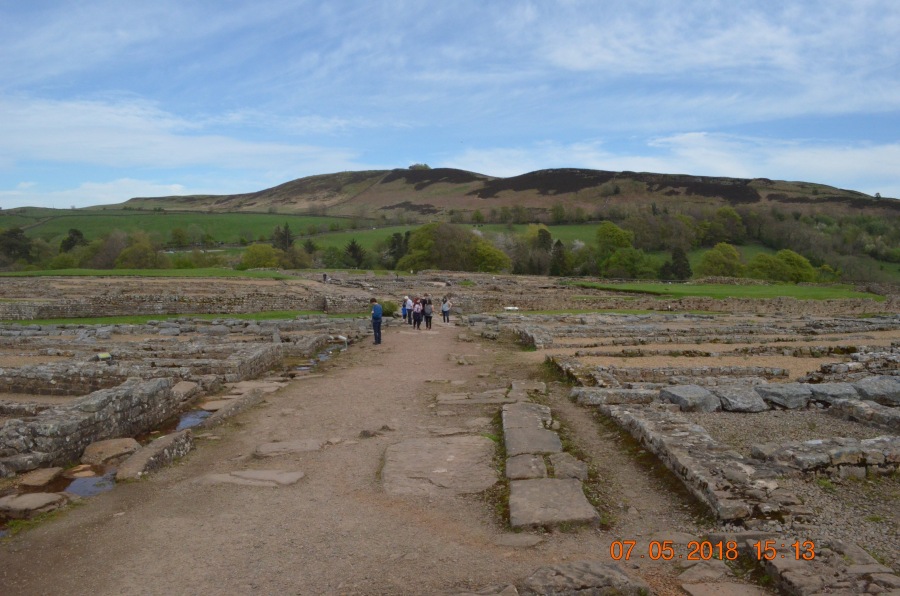


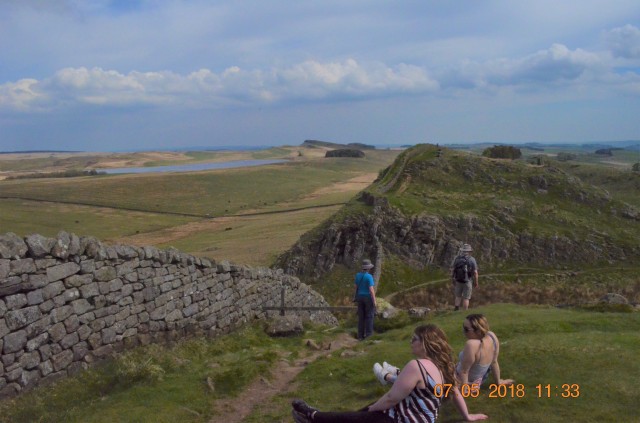
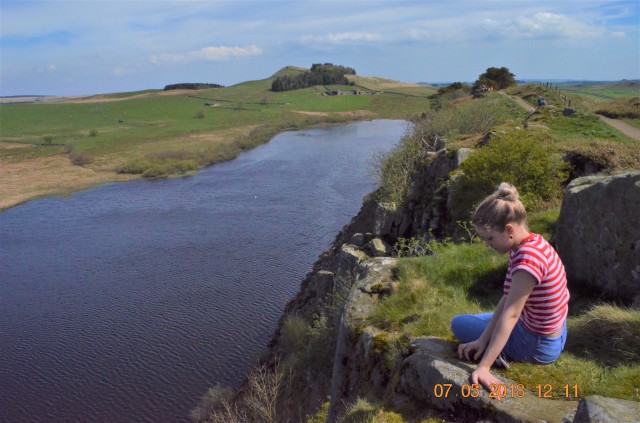
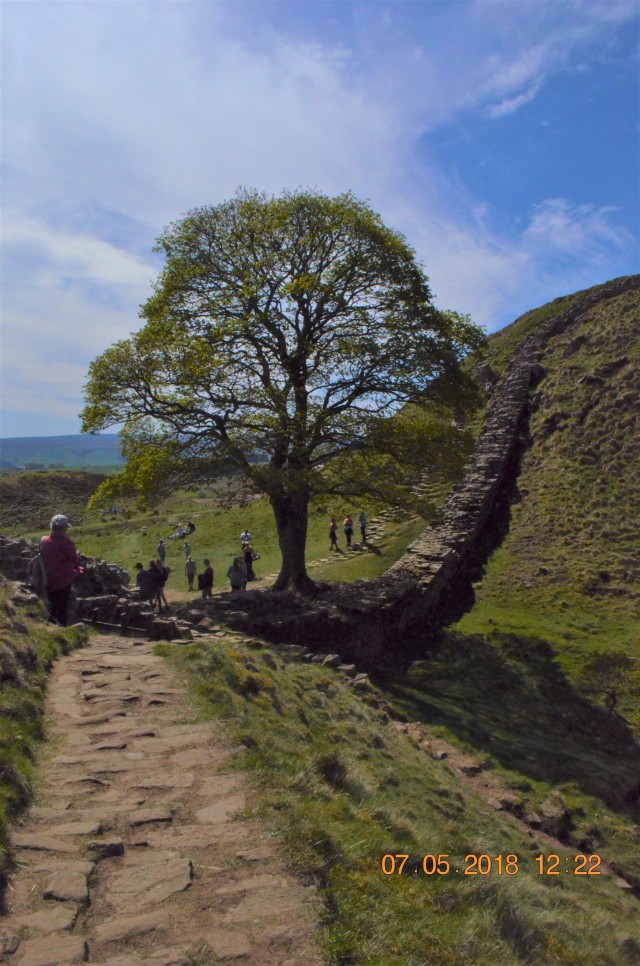







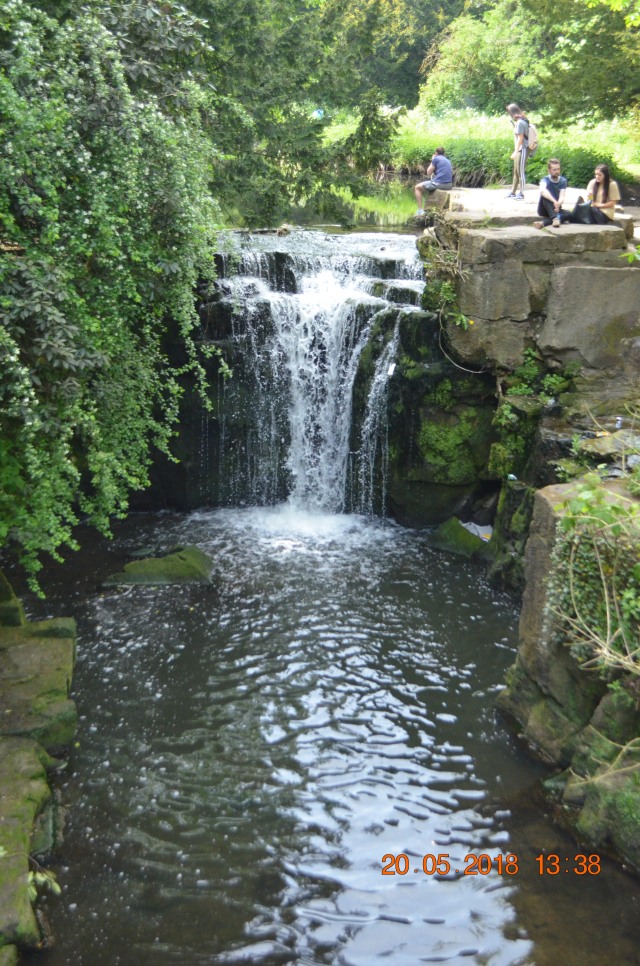





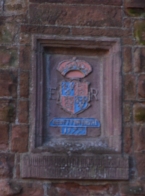
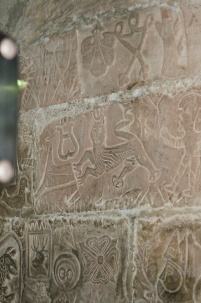
 on a whale that was washed up on a beach nearby. I found it fascinating to learn how they cleaned and preserved the skeleton since the details of the process were new to me.
on a whale that was washed up on a beach nearby. I found it fascinating to learn how they cleaned and preserved the skeleton since the details of the process were new to me.

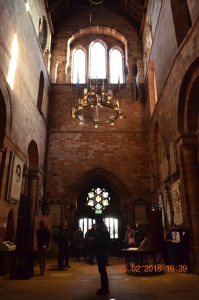 Find out more:
Find out more: